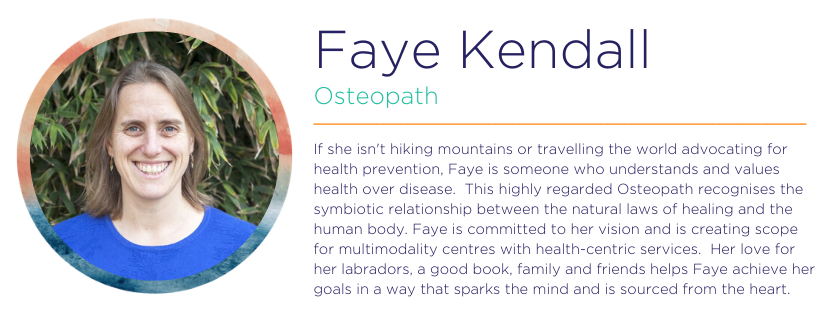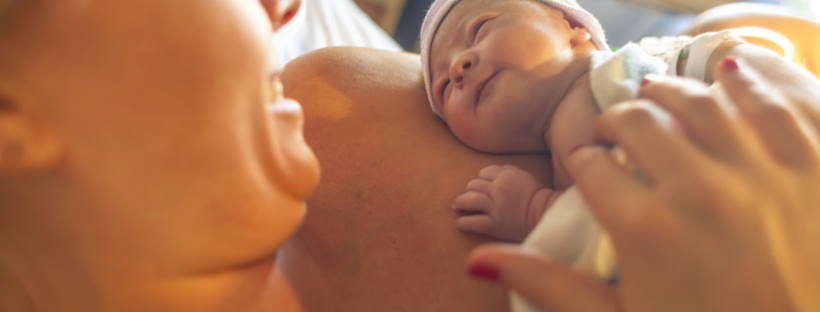Birth is a natural part of life, yet it is a process that exerts an immense of amount physical strain on the mother and baby. Just as a mother needs time to recover from a difficult or traumatic birth, so too does the baby.
The physical Effects of Birth on your Baby
During labour, babies are subject to a variety of different forces as their entire body twists and turns in order to pass through the birth canal. Unlike the adult skull, the bones in an infant’s head are soft and malleable. As your baby descends, the bones that make up its skull will shift so that the head can ‘mould’ to the shape of the pelvis. Likewise, their body will also compress and fold in on itself to aid in a smooth and delivery. In most instances, your baby will start to release these strains within a few days following delivery. A full first breath, yawning, suckling, stretching and crying all help your baby to unwind and rebalance.
In some babies, this process is left incomplete and the body is unable to fully unwind post-birth. Osteopathic treatments can help the newborn fully unwind by gently releasing strain or tension arising from a traumatic birth or ‘pre-birth moulding’ within the womb. Depending on where these strains are in the body, imbalances in the musculoskeletal, digestive and nervous systems may occur.
How do I know if my baby might be experiencing imbalances?
- Excessive crying and irritability
- Difficulty getting to sleep or staying asleep
- A flat, asymmetrical or misshapen head
- Favouring one side when turning head
- Feeding difficulties (problems with attachment, weak sucking, favouring one breast)
- Wind
- Colic
- Reflux
- Constipation or straining with bowel motions
A general check-up can be especially beneficial following labour that is very long or short, caesarean birth, breech presentation or deliveries that require the use of forceps or vacuum extraction (ventouse). These factors can all result in additional strain being placed on the baby’s head, spine, shoulders, hips and nervous system during the birth.
Can Older Children Be Affected Too?
The effects of a difficult birth can also present in toddlers and older children. As the child ages, the strains left by the original trauma may impact on the physical and behavioural aspects of growth and development.
How Do Osteopaths Work With Babies?
All of the osteopaths who work with infants and children have completed further training in Paediatric Osteopathy and Osteopathy in the Cranial Field. Biodynamic Cranial Osteopathy is a particularly subtle form of treatment that is well suited to babies and children due to the light touch involved. Osteopaths work with the muscles, bones and nervous system to help to alleviate strains in the body and support the body’s ability to repair itself.
About the author:

